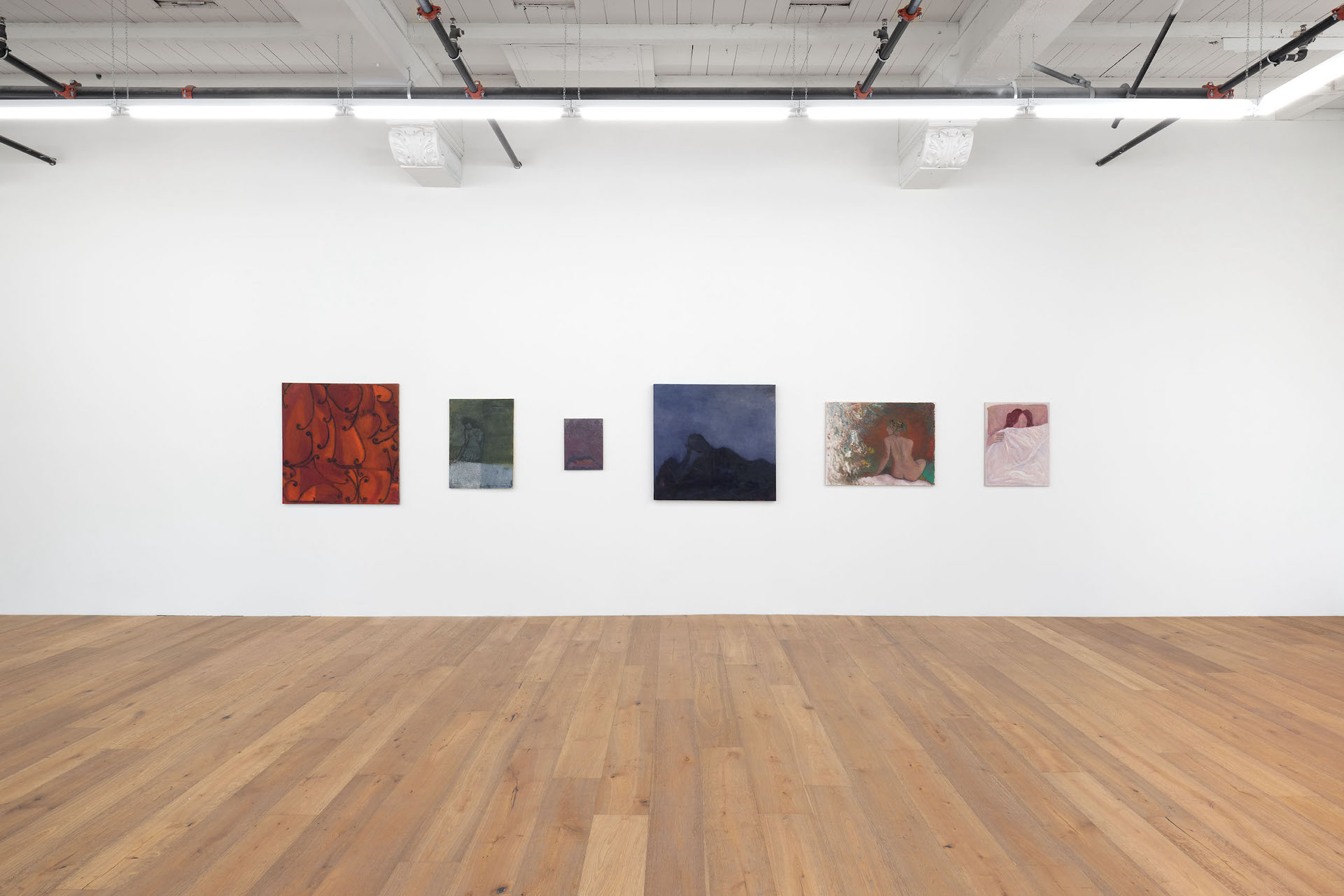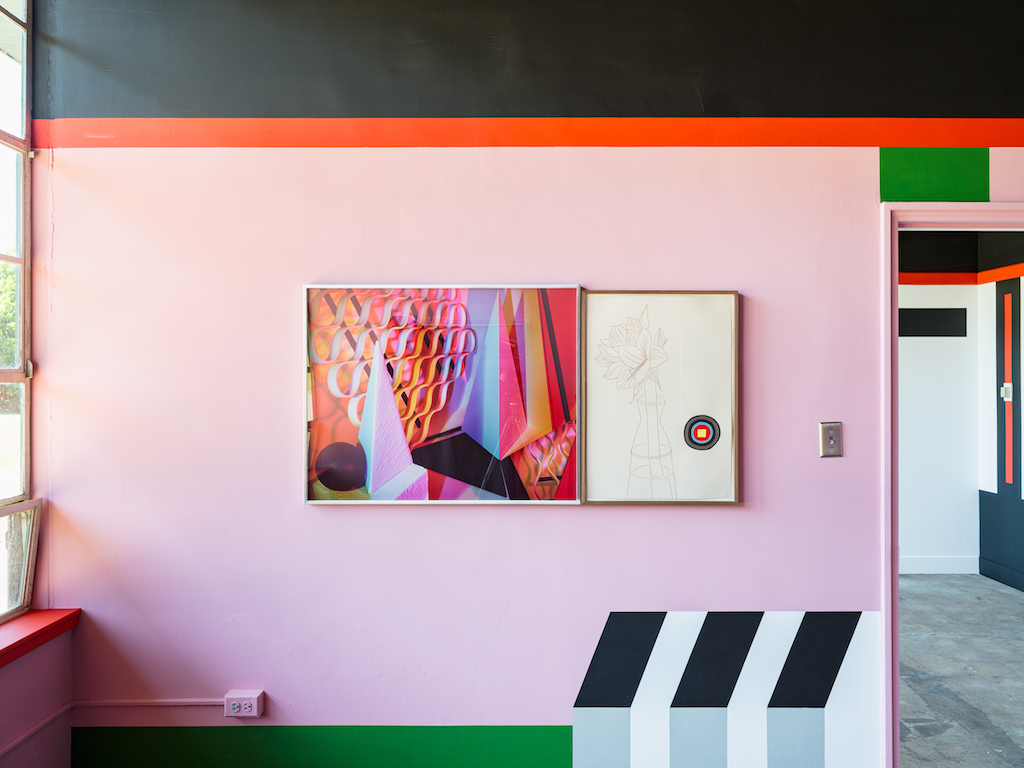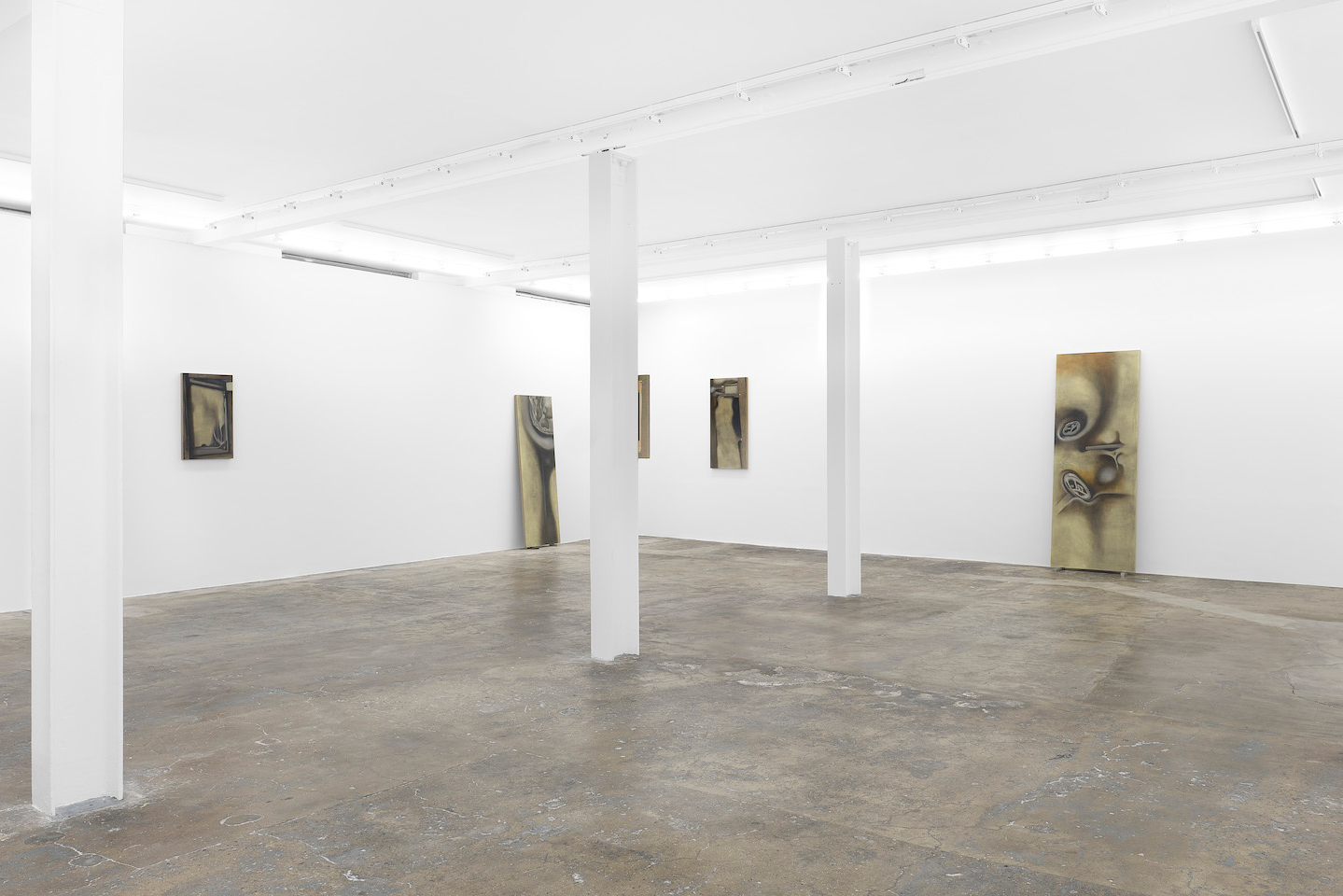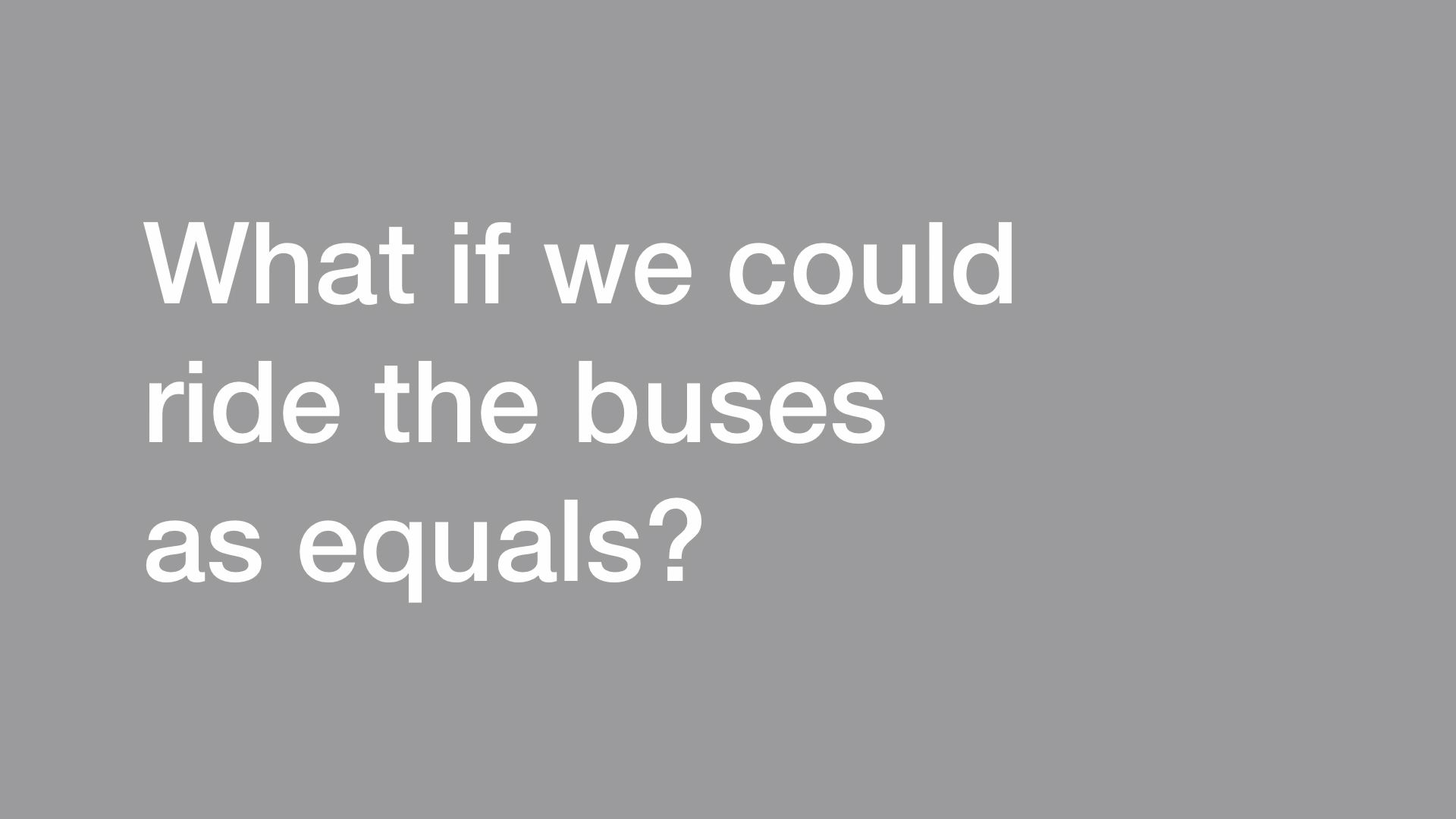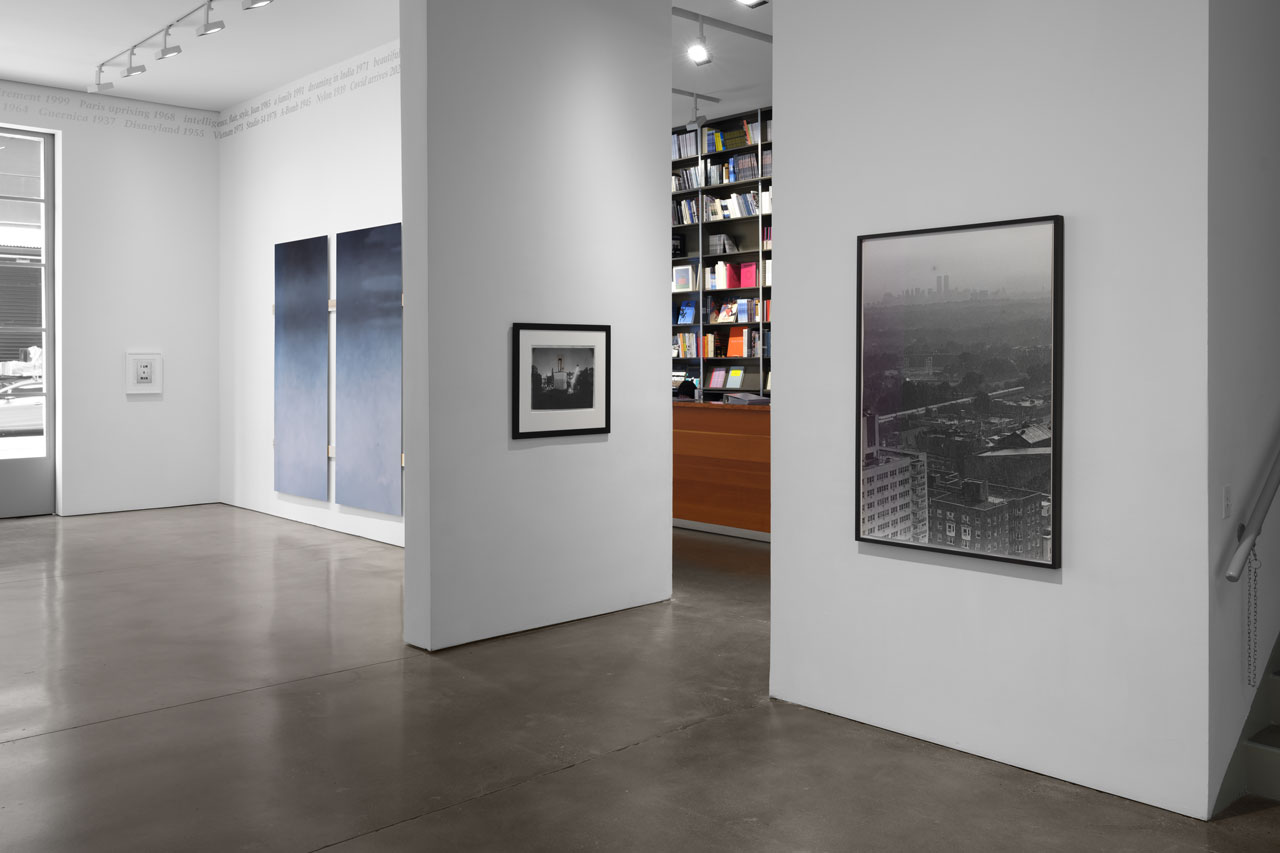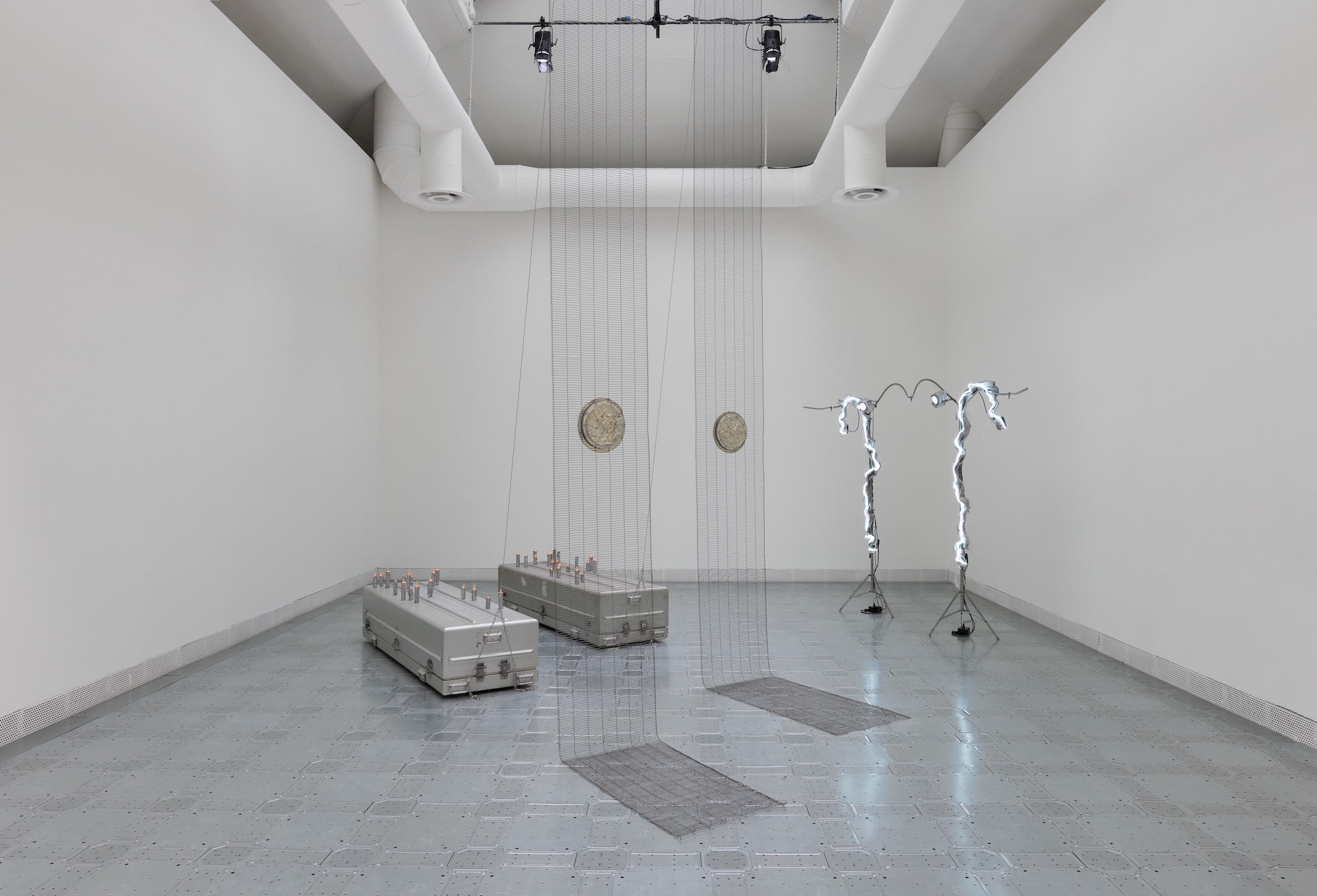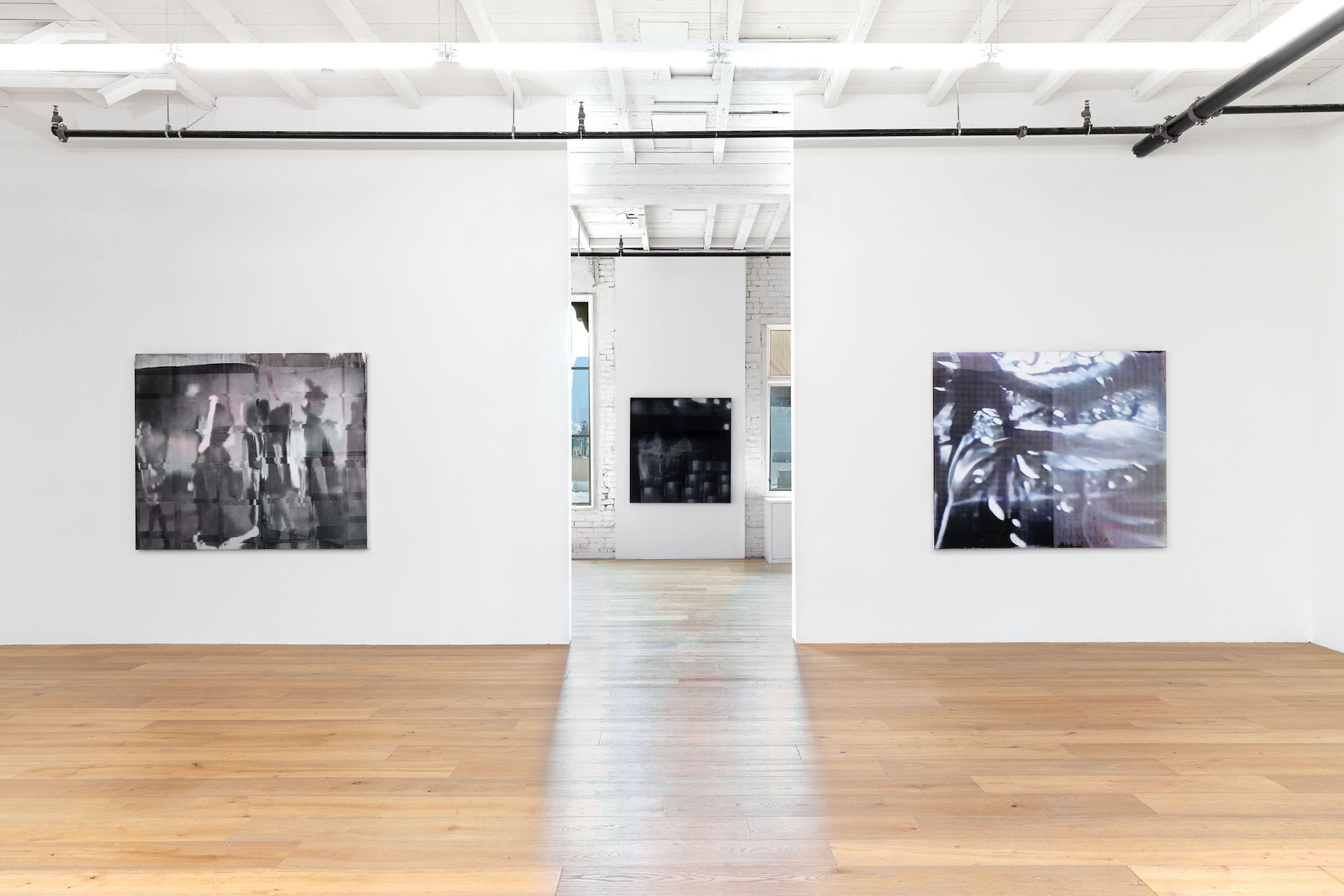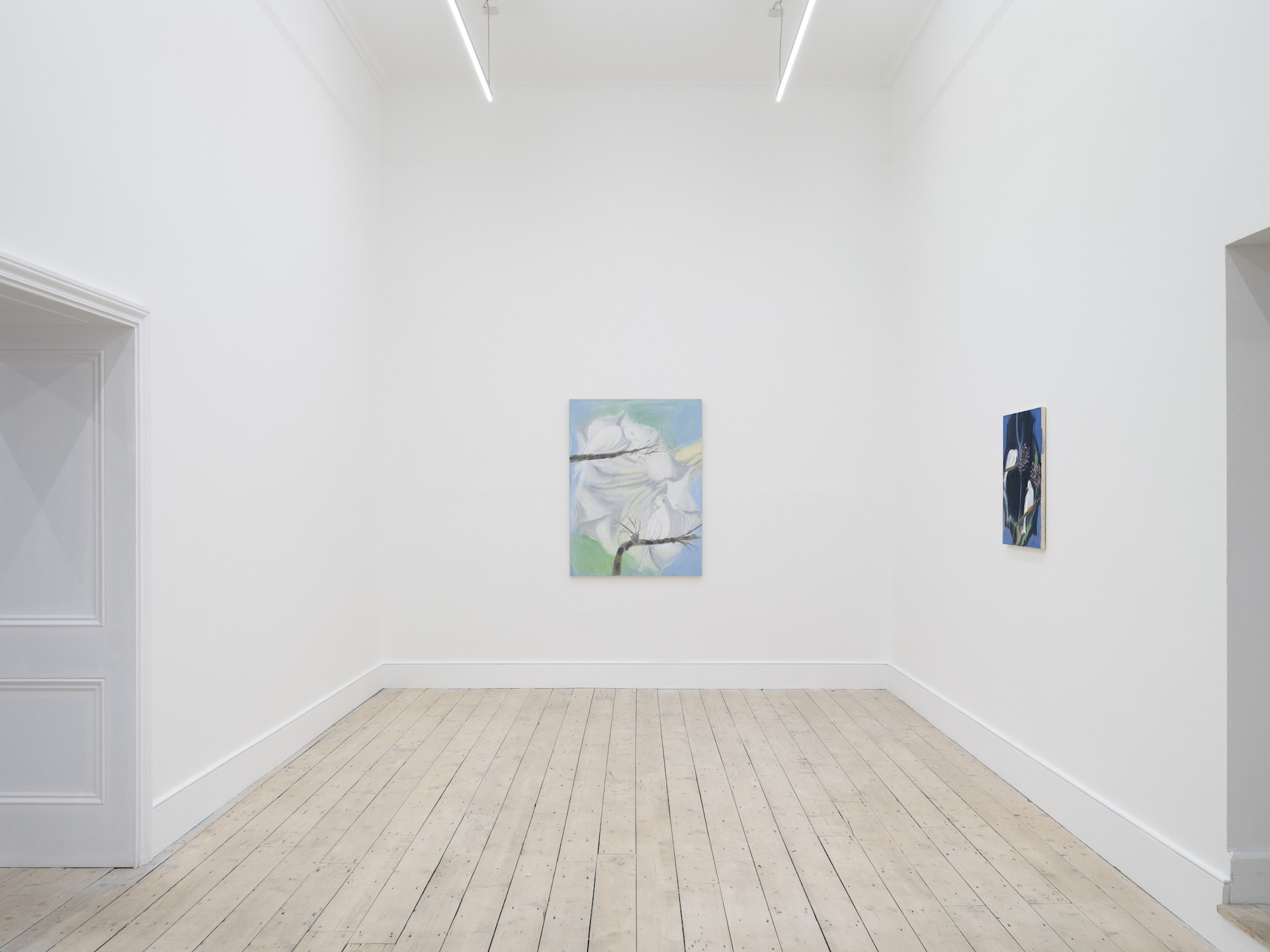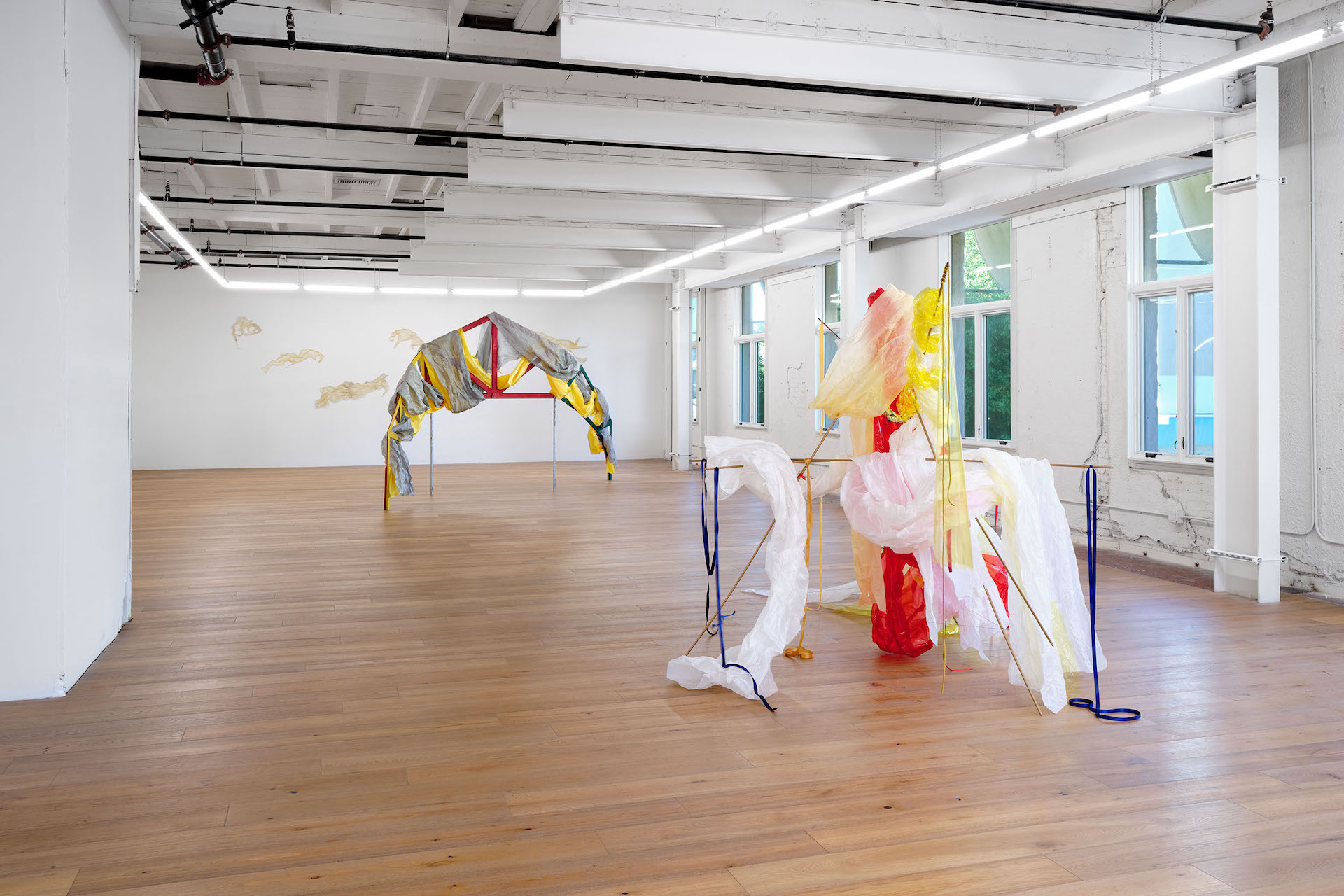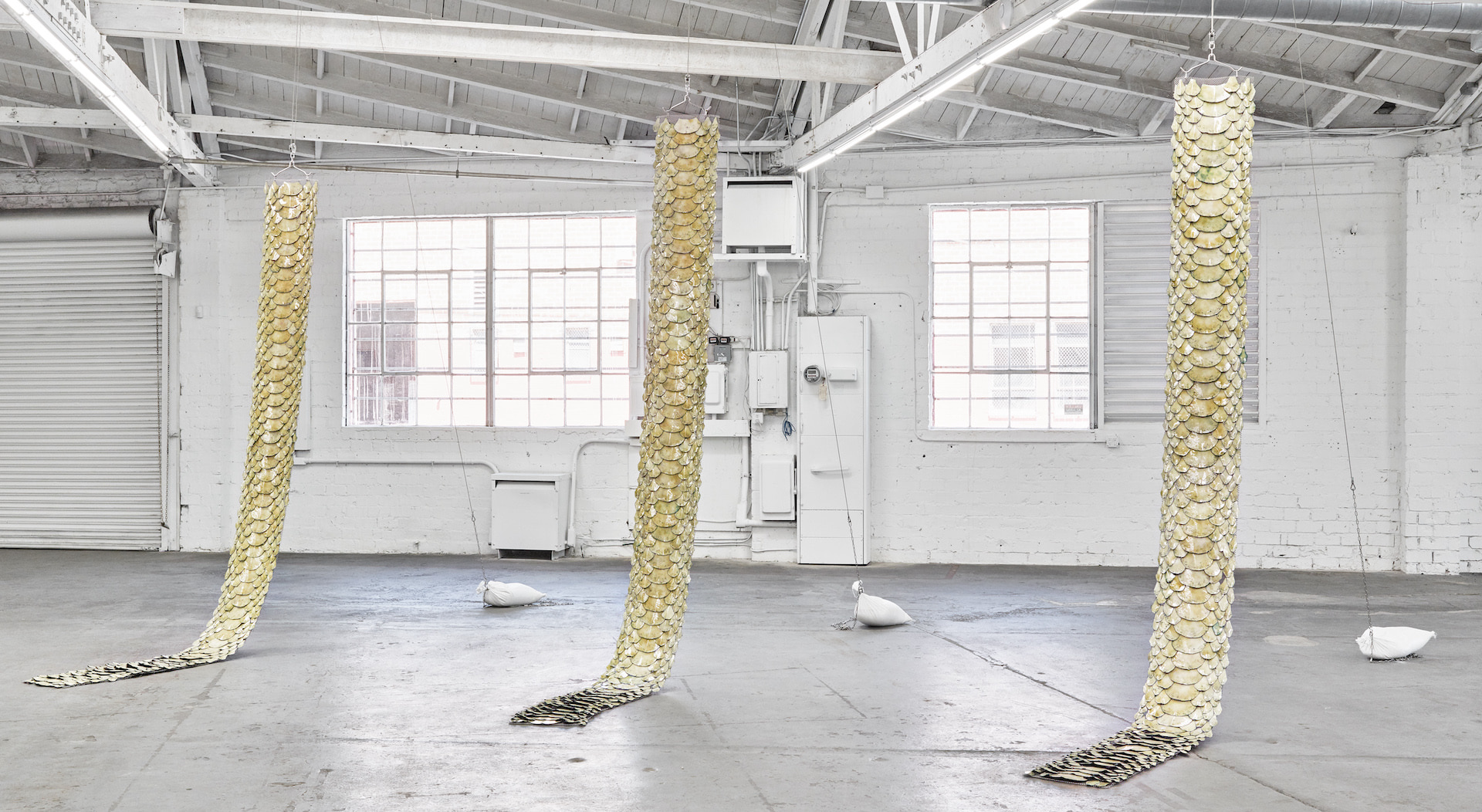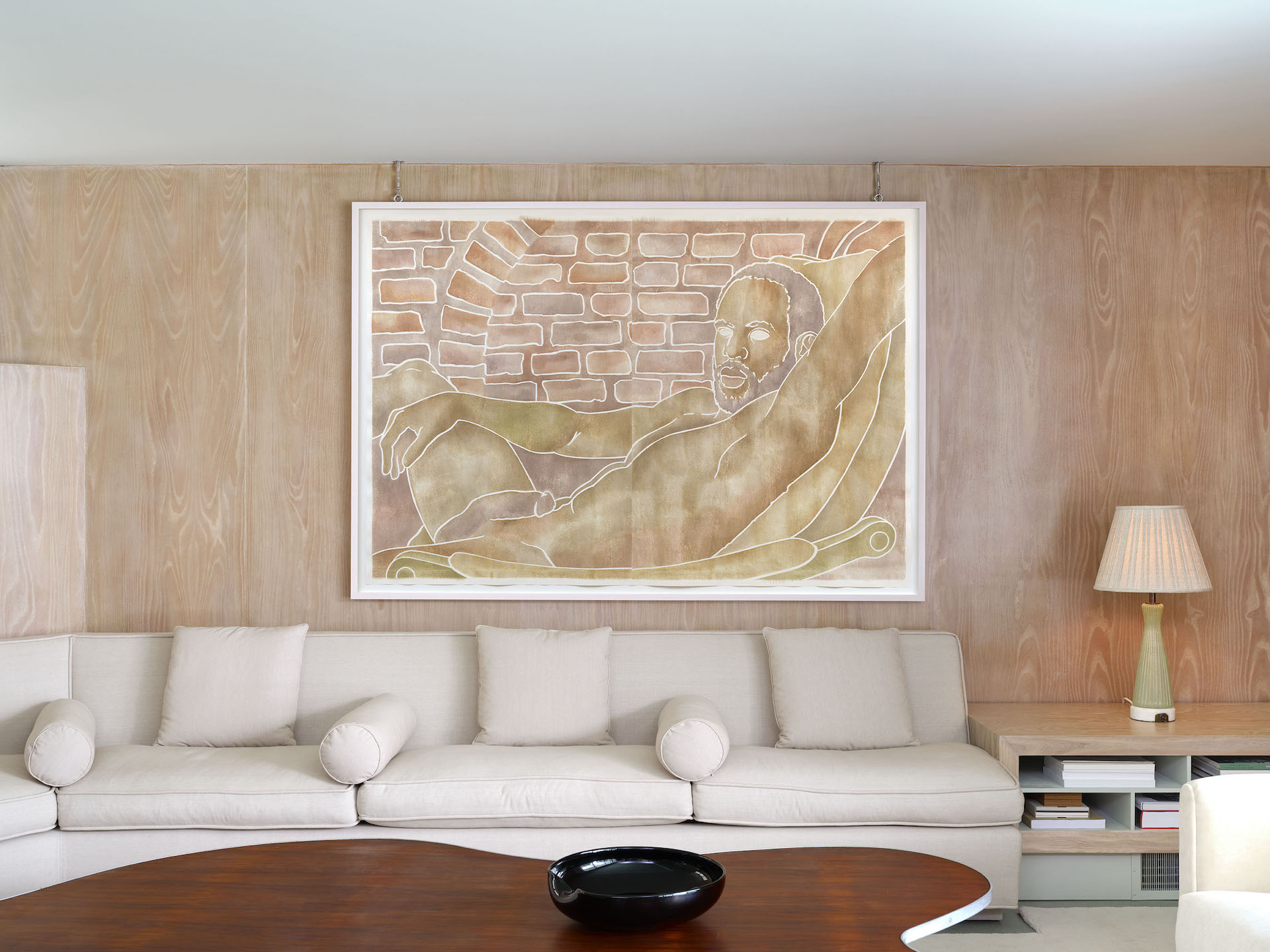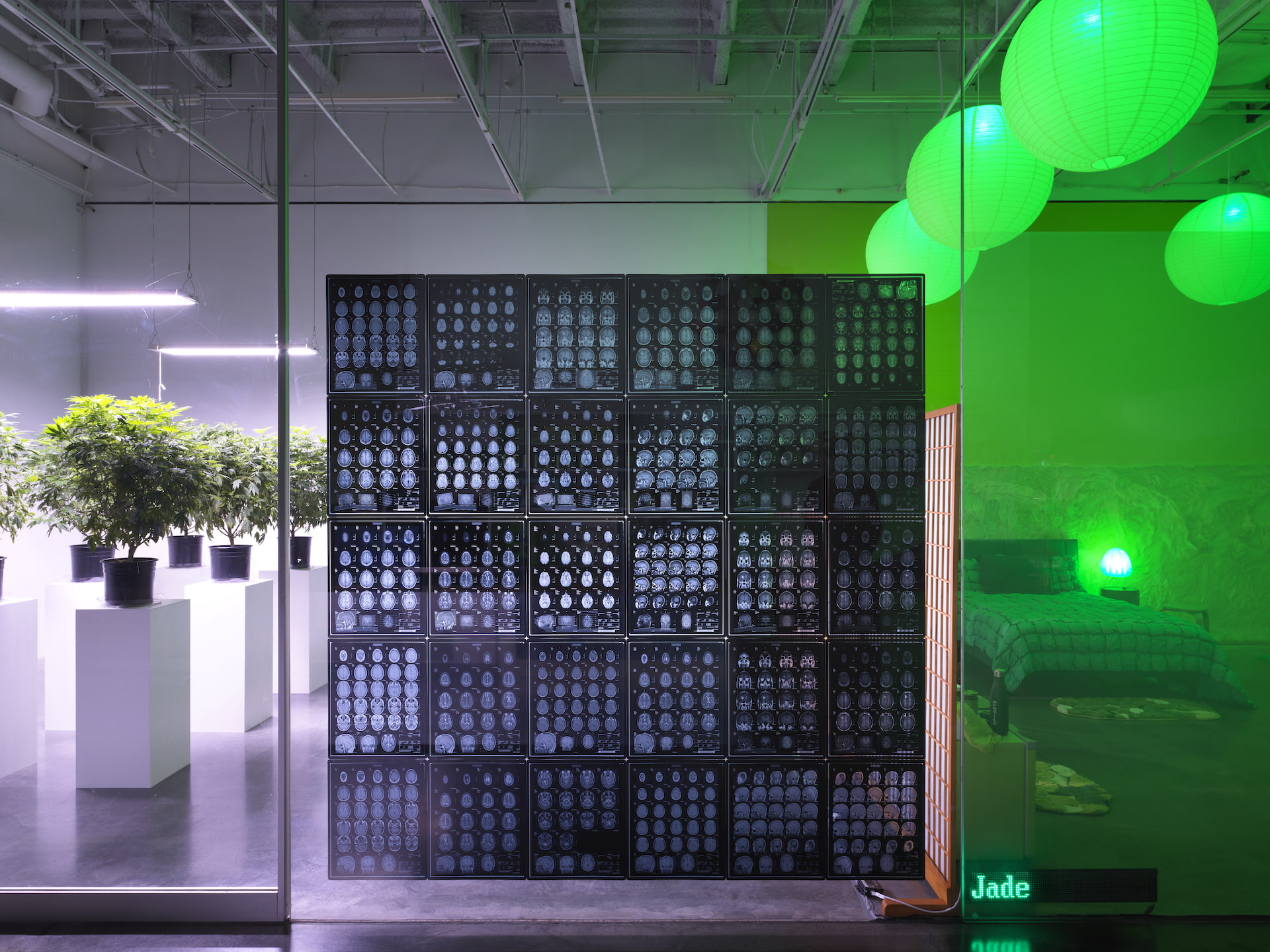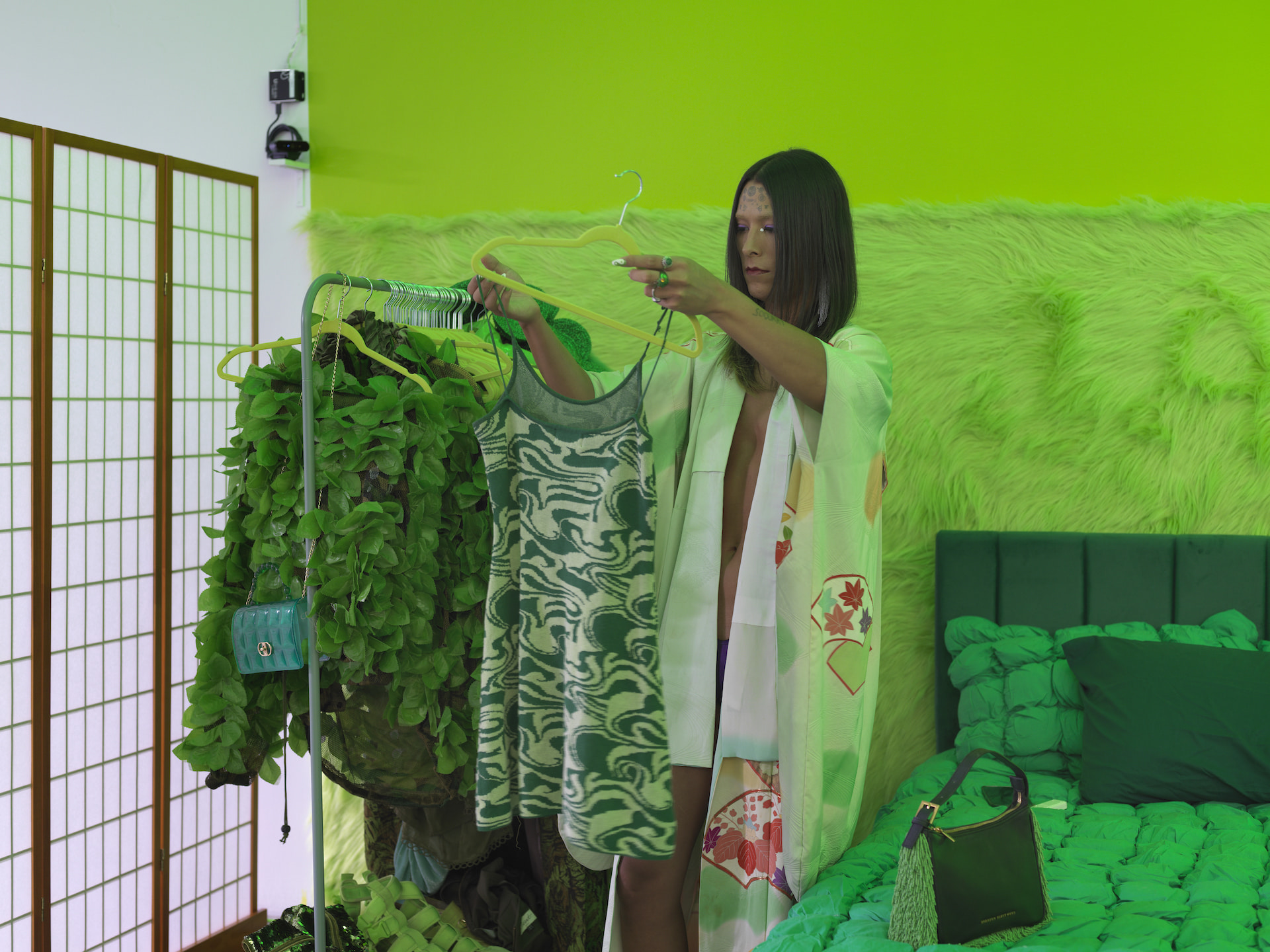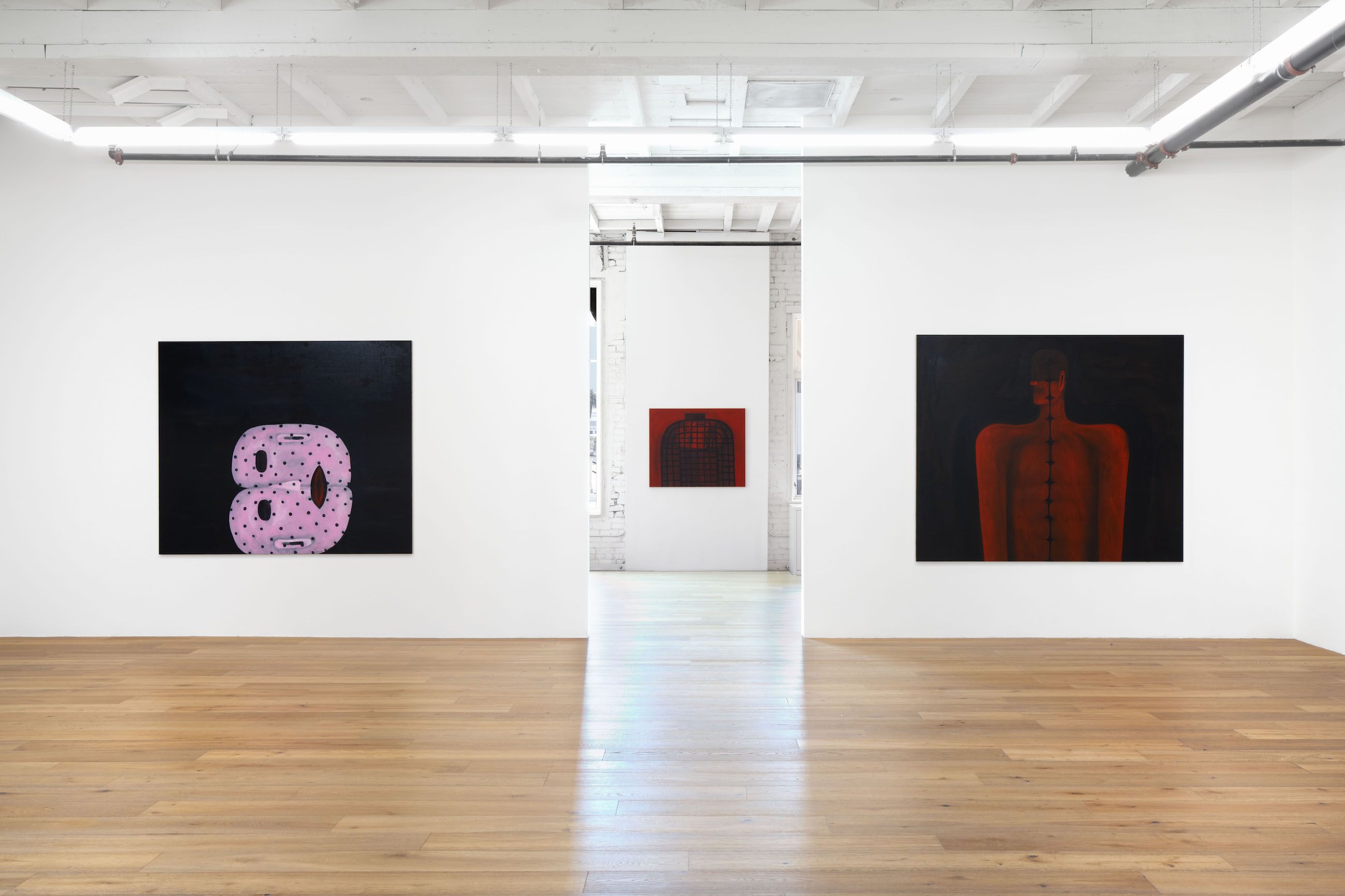Barbara Kasten
“I want the eyes to open” – Josef Albers
07.23.16 – 09.10.16

Installation view: Barbara Kasten, “I want the eyes to open” – Josef Albers. 07.23.16 – 09.10.16

Installation view: Barbara Kasten, “I want the eyes to open” – Josef Albers. 07.23.16 – 09.10.16

Barbara Kasten, Elemental 3, 2016. C-print. 70.4 x 56.4 inches (178.8 x 143.2 cm)

Installation view: Barbara Kasten, “I want the eyes to open” – Josef Albers. 07.23.16 – 09.10.16

Installation view: Barbara Kasten, “I want the eyes to open” – Josef Albers. 07.23.16 – 09.10.16

Barbara Kasten, Elemental 2, 2016. C-print. 70.4 x 56.4 inches (178.8 x 143.2 cm)

Installation view: Barbara Kasten, “I want the eyes to open” – Josef Albers. 07.23.16 – 09.10.16

Barbara Kasten, Double Negative 4, 2012-2016. Silver gelatin print. 19.5 x 24.5 inches (49.5 x 62.2 cm)

Barbara Kasten, Double Negative 1, 2012-2016. Silver gelatin print. 19.5 x 24.5 inches (49.5 x 62.2 cm)

Barbara Kasten, Elemental 4, 2016. C-print. 70.4 x 56.4 inches (178.8 x 143.2 cm)

Installation view: Barbara Kasten, “I want the eyes to open” – Josef Albers. 07.23.16 – 09.10.16

Barbara Kasten, Elemental 1, 2016. C-print. 56.4 x 70.4 inches (143.2 x 178.8 cm)

Installation view: Barbara Kasten, “I want the eyes to open” – Josef Albers. 07.23.16 – 09.10.16

Installation view: Barbara Kasten, “I want the eyes to open” – Josef Albers. 07.23.16 – 09.10.16

Installation view: Barbara Kasten, “I want the eyes to open” – Josef Albers. 07.23.16 – 09.10.16

Barbara Kasten, Construct LB 6, 1982. Polaroid. 15.8 x 13.8 inches (40 x 34.9 cm)

Barbara Kasten, Construct LB 4, 1982. Polaroid. 13.8 x 15.8 inches (34.9 x 40 cm)

Barbara Kasten, Construct LB 1, 1982. Polaroid. 13.8 x 15.8 inches (34.9 x 40 cm)

Barbara Kasten, Construct LB 5, 1982. Polaroid. 15.8 x 13.8 inches (40 x 34.9 cm)

Barbara Kasten, Construct LB 3, 1982. Polaroid. 15.8 x 13.8 inches (40 x 34.9 cm)

Barbara Kasten, Construct LB 2, 1982. Polaroid. 13.8 x 15.8 inches (34.9 x 40 cm)

Installation view: Barbara Kasten, “I want the eyes to open” – Josef Albers. 07.23.16 – 09.10.16

Barbara Kasten, Double Negative 3, 2012-2016. Silver gelatin print. 19.5 x 24.5 inches (49.5 x 62.2 cm)

Barbara Kasten, Double Negative 6, 2012-2016. Silver gelatin print. 19.5 x 24.5 inches (49.5 x 62.2 cm)

Installation view: Barbara Kasten, “I want the eyes to open” – Josef Albers. 07.23.16 – 09.10.16

Barbara Kasten, Double Negative 5, 2012-2016. Silver gelatin print. 19.5 x 24.5 inches (49.5 x 62.2 cm)

Barbara Kasten, Double Corner, 2016. Video, projection, black backdrop paper, glass mirror. Dimensions variable

Detail: Barbara Kasten, Double Corner, 2016. Video, projection, black backdrop paper, glass mirror. Dimensions variable
Exhibition information
For her first exhibition at Hannah Hoffman Gallery, Barbara Kasten presents three bodies of work: Constructs, Elementals, and Double Negatives. Since the 1970’s Kasten has engaged with the properties of light, color, and scale in relationship to pictorial space. Often cited for her relationship to Constructivism, Kasten’s practice utilizes a hybridized approach that collapses concerns central to a cross-section of media including painting, sculpture, and photography. The presentation of these three series offer a critical supplement to the artist’s first major survey, Barbara Kasten: Stages, currently exhibiting at the MOCA Pacific Design Center after traveling from its originating presentation at the Institute of Contemporary Art in Philadelphia and The Graham Foundation, Chicago.
The Constructs that Kasten worked on from 1979 to 1986 set the groundwork for her career-spanning commitment to the translation of three-dimensional space onto a two-dimensional surface. By first staging large scale abstract installations comprised of geometric rods, mirrors, screen, etc. and then recording the abstract scene on film, Kasten adapts the spatial concerns of the sculptural and translates it into pictorial space. The Polaroid Constructs LB 1-6 are shown here for the first time since their premiere in 1982 at the University Art Museum at California State University in Long Beach as part of their ongoing Centric series curated by Connie Glenn. Originally, when shown in Long Beach, the life size source material for Constructs LB 1-6 was on display as a neighboring installation—a rigidly geometric staging of mirrors, taught wire, fiberglass screening, and seamless paper— heightening the viewer’s relationship to space and making the reduction of captured materiality explicit.
In her recent Elemental series, Kasten has continued to study the perceptual relationship between found physicality. Directly acknowledging Bauhaus and De Stijl, the Elementals organize materials, such as roughly-cut pieces of Plexiglas, white cardboard tubing, and fiberglass screen, in simple compositions across a plane of negative space. The use of imperfect objects in her photographs, which Kasten has described as having “traces of reality,” points to the pedagogical foundation of her influences, while also attempting to push the tactile capacity of three-dimensional material within the constraints of the photographic space. Such physicality is enhanced by its limited color palette of red and blue and ultimately serves to underscore the tableau of form, light, shadow, and space that exists within each frame.
The final body of work, titled Double Negatives, considers the abstract nature of film itself through its ability to represent, in a single form, both a positive and negative translation of space. Each silver gelatin print features a different arrangement of overlapping mesh window screens. The moiré patterning that occurs between the screens makes it difficult to discern if the images are in fact a positive or negative relief of reality. Though Kasten did indeed print the negative side of each image, the optical illusion created by the pictured forms recalls the artist’s work with photograms in the 1970’s. While Kasten continues to produce images through a decisively analog approach, she does so not out of an interest in the tradition of photography, but in order to maintain a relationship with other materially-based disciplines.
Alongside these three bodies of work, Kasten has realized a spatially disorienting projected installation.
Barbara Kasten’s work is included in numerous museum collections, including: The Guggenheim, New York; The Whitney Museum of American Art, New York; The Museum of Modern Art, New York; The San Francisco Museum of Modern Art, San Francisco; The Tate Modern, London; The Philadelphia Museum of Art, Philadelphia, among others. Her survey exhibition Barbara Kasten: Stages curated by Alex Klein originated at the Institute of Contemporary Art in Philadelphia and traveled to The Graham Foundation in Chicago and currently is on view at MOCA Pacific Design Center, Los Angeles. A monograph was published in conjunction with Barbara Kasten: Stages as well as an artist book focusing on the Diazotypes series. ART21 will be debuting a profile on Kasten as part of their Art in the Twenty First Century show in September. Kasten has been awarded numerous prestigious grants including the Guggenheim Fellowship and the Fulbright Hays Fellowship. She lives and works in Chicago.



















